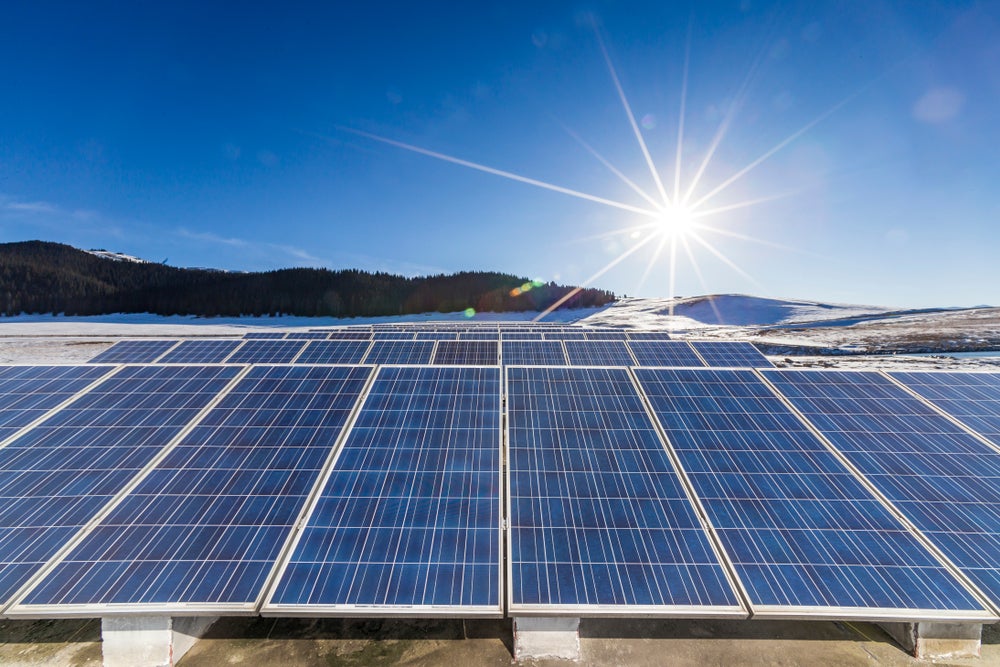
Renewables continued to increase their stake in the Australian energy mix in 2020, with clean energy sources providing almost a quarter of the nation’s power.
The government’s 2021 Australian Energy Statistics for electricity generation shows that renewable energy accounted for 24% of the mix last year, up from 21% in 2019.
The increase was driven by a boom in installations of solar power, which is now the largest clean energy source in Australia at 9% of total generation, up from 7% in 2019. It is estimated that one in four Australian homes now have solar – marking the highest uptake in the world.
The rise in solar installations helped contribute to a record 7 gigawatts (GW) of new renewable capacity being installed in the country last year.
“We are a renewable energy powerhouse and this is something we should be proud of,” said Angus Taylor, minister for energy and emissions reduction.
“But renewables need reliable generation to back them up and maintain pressure on prices when the sun isn’t shining and the wind isn’t blowing.”
Renewables increase in 2020 highlights “important role” of other energy sources in Australian power mix
The government said the pace of growth in renewables highlights the “important role” that “more traditional and reliable sources” of energy play in the system.
It claims this underscores the need for continued essential generation from dispatchable sources to “balance and complement” the high levels of variable supply entering the energy system to deliver affordable, reliable power for consumers.
As Prime Minister Scott Morrison’s government plots the path to a “gas-fired recovery” from the coronavirus pandemic, generation of the fossil fuel grew in Queensland and the Northern Territory last year, after overall generation had remained “relatively stable” in recent years.
Coal continued to provide a large portion of the nation’s electricity supply, accounting for 54% of the total generation in 2020, while playing an “essential role as a stable, baseload source of affordable and reliable power”, according to the government.
“My focus is ensuring Australia’s energy system remains reliable and affordable for all Australians,” said Taylor.
“The Morrison government is taking strong action to stabilise the grid and get the energy generation balance right to ensure Australians can access the reliable and affordable power they need, when they need it.”
As the country continues to increase its stake in renewables, Taylor claims coal and gas, which he regards as “reliable sources of energy”, will continue to be needed to “keep the lights on and deliver 24/7 power for households and businesses”.
Government backing new projects and schemes to balance out more renewables entering the mix
The government said ensuring the design of the future National Electricity Market (NEM) is fit for purpose is key to the delivery of reliable, secure and affordable electricity to Australian households and businesses.
It claims the post-2025 Market Design, which is currently open for public response, is the “most critical energy reform” that governments have been tasked to deliver by the National Cabinet.
To balance and complement the record levels of renewables entering the energy system, the Morrison government has recently been backing new generation, transmission and storage projects across Australia.
It is delivering a new 660-megawatt (MW) open-cycle gas turbine at Kurri Kurri in the Hunter Valley through a 600 million Australian dollar ($465m) equity commitment to state-owned Snowy Hydro, as well as backing the power company’s 2,000-MW pumped hydro expansion scheme.
The government is also supporting all major priority transmission projects identified in the Australian Energy Market Operator’s (AEMO) Integrated System Plan, including Project Energy Connect and Marinus Link, the second interconnector needed to turn Tasmania’s Battery of the Nation vision into a reality.
Efforts have been made to establish the Underwriting New Generation Investments programme to “support new firm generation capacity and increased competition”, while the government is also creating a A$1bn ($780m) Grid Reliability fund that will be administered by the Clean Energy Finance Corporation.






